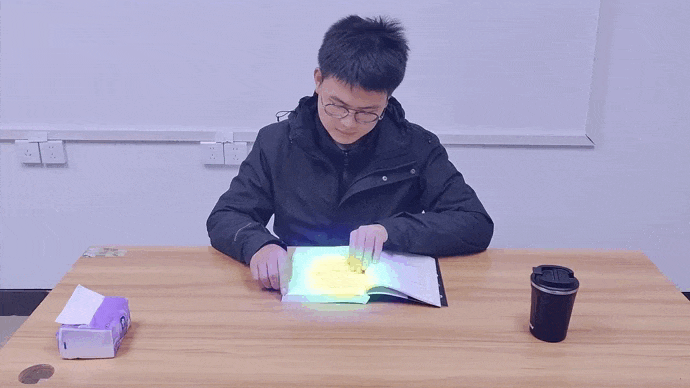ViTGaze: Gaze Following with Interaction Features in Vision Transformers
Gaze following aims to interpret human-scene interactions by predicting the person's focal point of gaze. Prevailing approaches often use multi-modality inputs, most of which adopt a two-stage framework. Hence their performance highly depends on the previous prediction accuracy. Others use a single-modality approach with complex decoders, increasing network computational load. Inspired by the remarkable success of pre-trained plain Vision Transformers (ViTs), we introduce a novel single-modality gaze following framework, ViTGaze. In contrast to previous methods, ViTGaze creates a brand new gaze following framework based mainly on powerful encoders (dec. param. less than 1%). Our principal insight lies in that the inter-token interactions within self-attention can be transferred to interactions between humans and scenes. Leveraging this presumption, we formulate a framework consisting of a 4D interaction encoder and a 2D spatial guidance module to extract human-scene interaction information from self-attention maps. Furthermore, our investigation reveals that ViT with self-supervised pre-training exhibits an enhanced ability to extract correlated information. A large number of experiments have been conducted to demonstrate the performance of the proposed method. Our method achieves state-of-the-art (SOTA) performance among all single-modality methods (3.4% improvement on AUC, 5.1% improvement on AP) and very comparable performance against multi-modality methods with 59% number of parameters less.
PDF Abstract

 GazeFollow
GazeFollow